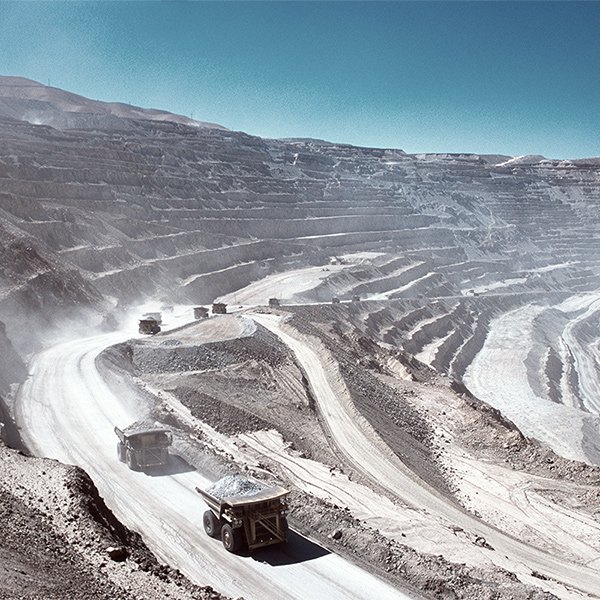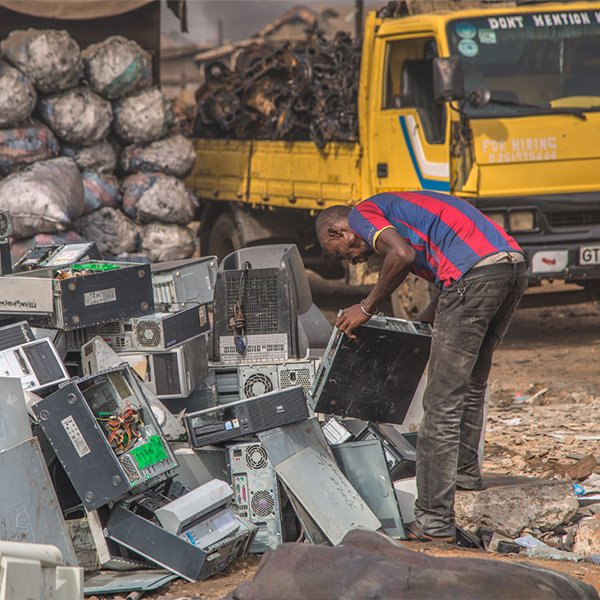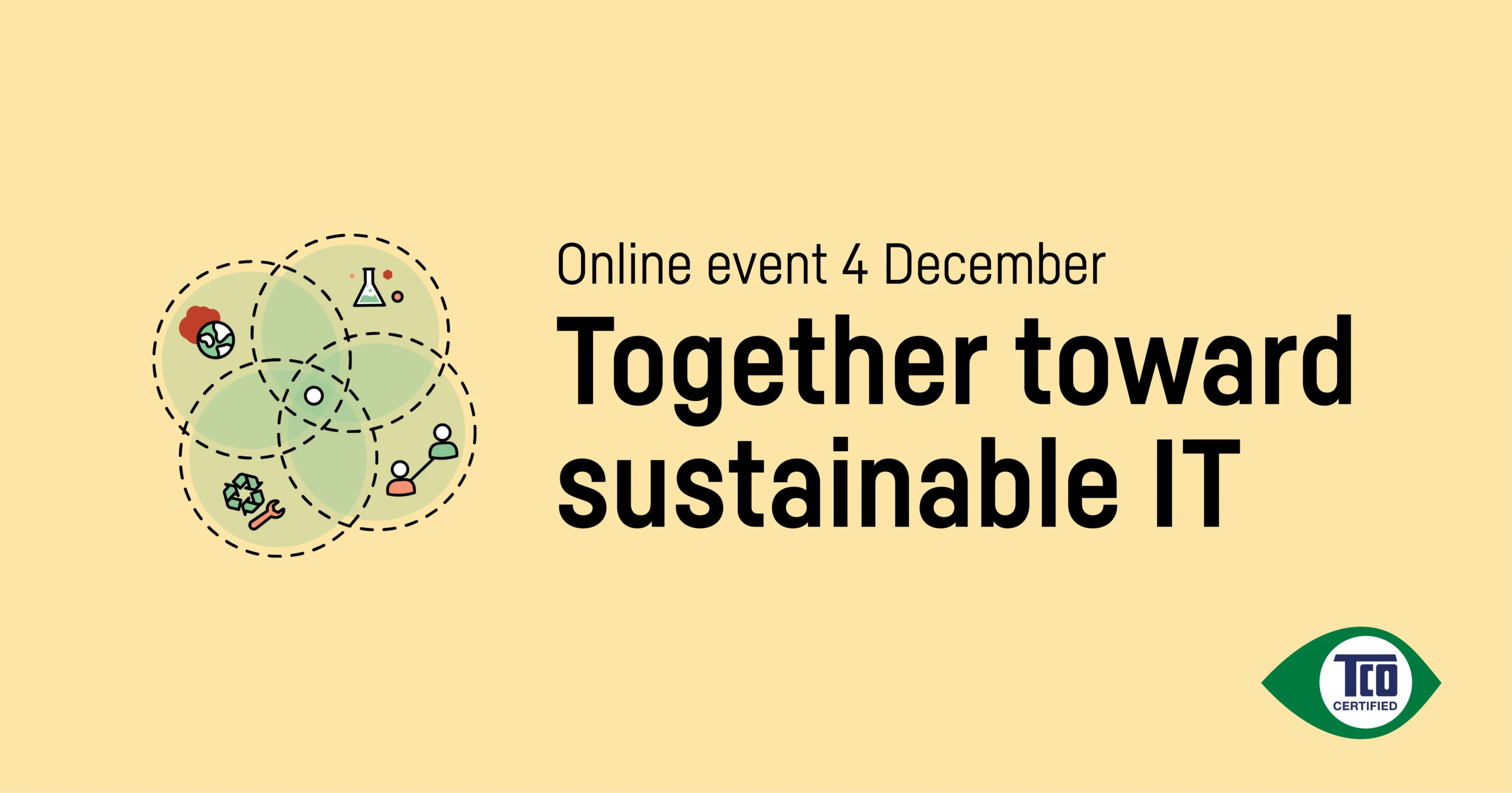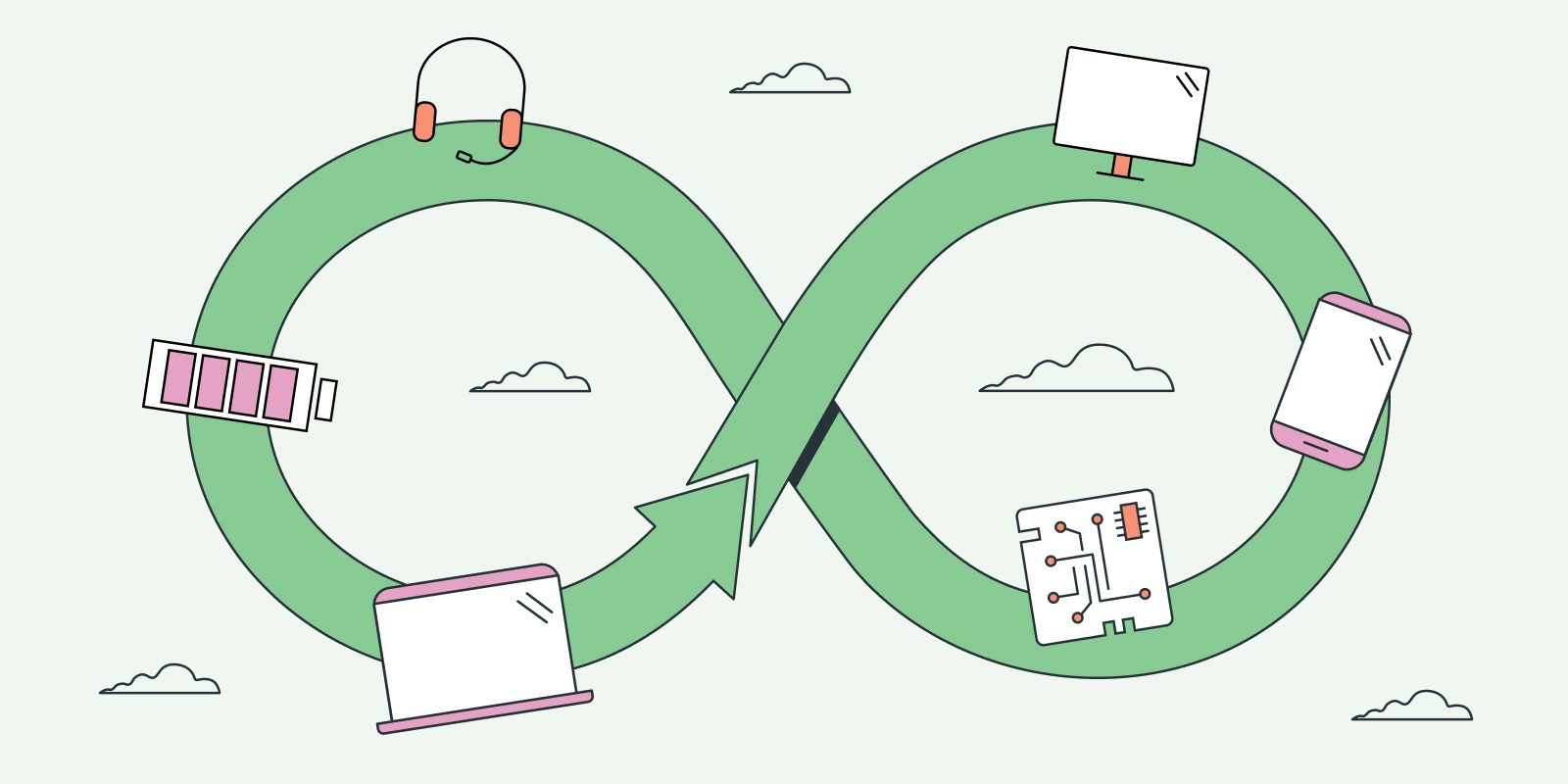The linear production and consumption of IT products contribute to the climate crisis, the unsustainable depletion of natural resources and enormous amounts of toxic e-waste. However, managing IT products in a circular way can help reduce these problems. Let’s find out how.

Our climate
Reducing greenhouse gases
Challenge: IT products are a source of greenhouse gases throughout their life cycle, from manufacturing through to distribution, use and disposal. A lot of effort goes into the use phase and making products more energy efficient, but for many IT products, the majority of the greenhouse gas emissions are actually created in the manufacturing phase.
How circularity helps: By extending the life of IT products, fewer brand new products are needed and greenhouse gas emissions from manufacturing can be reduced. Reusing components and materials to manufacture new products are other ways of reducing climate impact — less energy is needed and the use of fossil fuels such as coal, oil and natural gas is reduced. Using recycled plastics instead of virgin plastics can also reduce energy use in manufacturing.

Natural resources
Ensuring enough supply for tomorrow
Challenge: Electronic products contain a number of scarce, valuable resources. Our rapid consumption of IT products with little or no recovery of components and materials at end of life lead to resources being consumed at an alarming rate. Reserves of some natural resources are already running low.
How circularity helps: By recovering resources from products that are no longer in use, the need for virgin raw materials can be reduced or even eliminated. This also gives economic benefits — in 2016, it was estimated that electronic waste contained gold, silver, copper, platinum, palladium and other recoverable materials worth around 55 billion euros — and these numbers grow year by year.

E-waste
Using valuable resources and preventing pollution
Challenge: With more than 50 million metric tonnes generated annually, e-waste is the world’s fastest growing waste stream. Only 20 percent is safely recycled. Unsafe handling leads to hazardous substances leaching into soil, water and air, harming both human health and the environment.
How circularity helps: The goal of circularity is to prevent e-waste. The best way of doing this is by extending product life and reusing products and components. For existing e-waste, material recovery is important. Collecting and safely recycling e-waste is a way of taking care of valuable materials whilst protecting human health and the environment from toxic substances. It also makes sense also from an economic perspective — one metric ton of e-waste contains 100 times more gold than one ton of gold ore.




